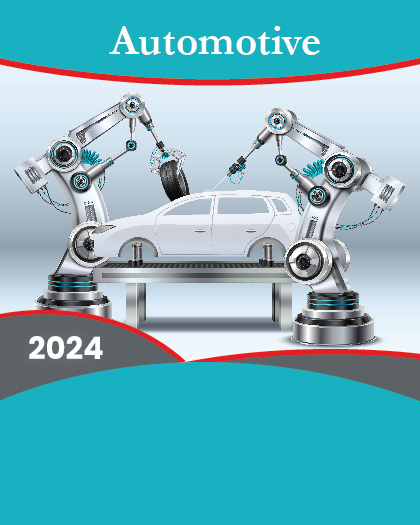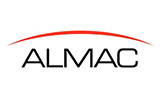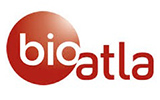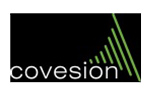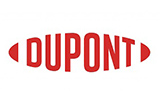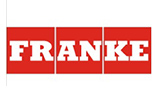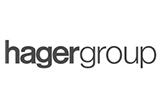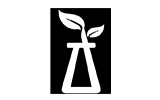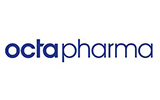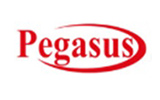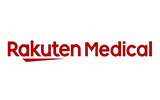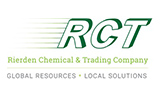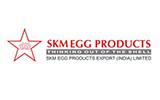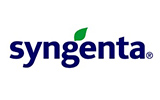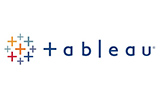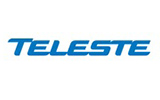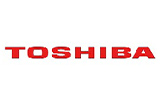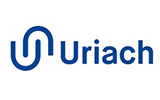Market Overview
The Malaysia used car market is expected to witness steady growth from 2025 to 2033, driven by rising consumer demand for affordable vehicles, increasing digitalization of the automobile sales process, and growing financial accessibility through improved loan options. With rising new car prices, depreciation concerns, and shifting consumer preferences toward cost-effective, pre-owned vehicles, the market for used cars is expanding significantly.
In 2024, the Malaysia used car market was valued at approximately USD 26.5 billion, and it is projected to grow at a compound annual growth rate (CAGR) of 5.4%, reaching an estimated USD 34.47 billion by 2033. This expansion is fueled by increasing vehicle ownership trends, changing economic conditions, and the convenience offered by online platforms, which have made buying and selling pre-owned cars easier than ever.
Key Growth Drivers
1. Affordability and Economic Considerations
- Used cars are significantly more cost-effective than new vehicles, making them an attractive option for price-conscious buyers.
- Consumers are opting for second-hand cars to avoid rapid depreciation, as new vehicles lose 20-30% of their value within the first year.
- The rising cost of living and economic uncertainties have made used cars a preferred choice, especially for first-time buyers.
2. Shift Towards Online Platforms and Digitalization
- The emergence of digital auto marketplaces and classified platforms has simplified the buying and selling process, increasing market efficiency.
- E-commerce in the automotive sector allows consumers to compare different car models, pricing, financing options, and seller credibility with greater transparency.
- Digital platforms provide certified pre-owned (CPO) vehicles with warranties, increasing buyer confidence.
3. Increasing Demand for Personal Vehicles
- The impact of the COVID-19 pandemic resulted in higher demand for personal vehicles as consumers sought alternatives to public transportation.
- First-time car buyers and individuals looking for affordable mobility solutions are turning to the used car market.
- The demand for fuel-efficient and compact vehicles has surged, as more consumers look for low-maintenance, budget-friendly car options.
4. Improved Financing and Leasing Options
- Banks and non-banking financial institutions (NBFIs) are offering attractive loan schemes for used car purchases, making financing easier for customers.
- Buy Now, Pay Later (BNPL) models and flexible EMI options have enabled more consumers to afford pre-owned vehicles.
- A growing number of leasing and subscription-based car ownership models have increased the accessibility of used vehicles, particularly for younger consumers.
5. Expansion of Certified Pre-Owned (CPO) Programs
- CPO vehicles come with warranties, vehicle inspections, and after-sales services, reducing the risks associated with buying a used car.
- Dealership-backed programs provide higher-quality used cars, gaining consumer trust and increasing market growth.
- Major automotive brands are investing in official CPO programs, making used car purchases more reliable.
6. Preference for Fuel-Efficient and Low-Maintenance Vehicles
- Consumers are actively seeking fuel-efficient used vehicles to combat rising fuel costs.
- The demand for compact cars, hybrid models, and eco-friendly alternatives is increasing, as buyers look for cost-effective solutions.
- Japanese brands, such as Toyota, Honda, and Nissan, dominate the used car market due to their reputation for durability and reliability.
Challenges in the Malaysia Used Car Market
Despite its promising growth, the used car market in Malaysia faces several challenges:
- Regulatory and Compliance Issues
- The process of vehicle ownership transfer and documentation can be cumbersome, leading to delays in transactions.
- Ensuring compliance with roadworthiness standards and emission regulations is a challenge in the resale market.
- Market Fragmentation and Unorganized Dealers
- A significant portion of the market consists of independent, unregulated dealers, leading to inconsistencies in pricing and vehicle quality.
- Consumers often face risks of odometer fraud, hidden mechanical issues, and incomplete vehicle history reports when purchasing from unorganized sellers.
- Consumer Trust and Transparency Concerns
- Many buyers fear hidden defects and undisclosed accident histories, creating hesitancy in the used car purchasing process.
- The lack of standardized pricing models makes it difficult for consumers to assess fair market value.
- Depreciation and Vehicle Age Limitations
- Some banks limit financing options for cars older than 10 years, restricting consumer access to certain models.
- Depreciation rates on high-mileage vehicles can affect resale values, making some options less attractive.
Future Outlook (2025-2033)
The Malaysia used car market is expected to undergo significant transformations over the next decade, driven by:
- Greater Integration of AI and Big Data in Used Car Valuation
- AI-powered pricing models will enhance fair pricing assessments and reduce fraudulent listings.
- Growth in Online and Digital-First Used Car Sales
- The rise of automotive e-commerce platforms will further streamline vehicle transactions.
- Emergence of EVs in the Used Car Market
- With increasing adoption of electric vehicles (EVs), more used hybrid and electric models will enter the second-hand market.
- Expansion of Subscription-Based Vehicle Ownership
- More consumers may opt for flexible leasing and short-term car subscription plans over traditional ownership.
- Increase in Cross-Border Used Car Trade
- Malaysia’s position in ASEAN trade agreements will allow for greater cross-border used vehicle sales, particularly to markets like Indonesia and Thailand.
Market Segmentation
By Vehicle Type:
- Hatchbacks
- Sedans
- SUVs
- Luxury Cars
By Vendor Type:
- Organized Dealerships
- Unorganized Sellers
By Fuel Type:
- Petrol
- Diesel
- Hybrid & EVs
By Sales Channel:
- Offline (Dealerships & Auctions)
- Online Platforms
Conclusion
The Malaysia used car market is entering a phase of sustained growth, fueled by consumer affordability, digital marketplace expansion, financing accessibility, and shifting vehicle ownership trends. By 2033, the market is expected to reach USD 34.47 billion, with online platforms, AI-based pricing tools, and certified pre-owned programs playing a key role in shaping the industry.
Companies that embrace technology, build consumer trust, and enhance transparency in transactions will thrive in Malaysia’s evolving used car landscape.
